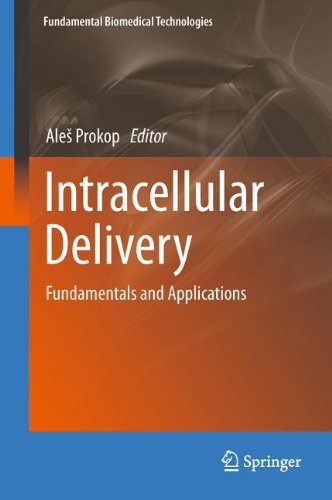

Most ebook files are in PDF format, so you can easily read them using various software such as Foxit Reader or directly on the Google Chrome browser.
Some ebook files are released by publishers in other formats such as .awz, .mobi, .epub, .fb2, etc. You may need to install specific software to read these formats on mobile/PC, such as Calibre.
Please read the tutorial at this link: https://ebookbell.com/faq
We offer FREE conversion to the popular formats you request; however, this may take some time. Therefore, right after payment, please email us, and we will try to provide the service as quickly as possible.
For some exceptional file formats or broken links (if any), please refrain from opening any disputes. Instead, email us first, and we will try to assist within a maximum of 6 hours.
EbookBell Team

4.8
94 reviewsThis book features a special subsection of Nanomedicine, an application of nanotechnology to achieve breakthroughs in healthcare. It exploits the improved and often novel physical, chemical and biological properties of materials only existent at the nanometer scale. As a consequence of small scale, nanosystems in most cases are efficiently uptaken by cells and appear to act at the intracellular level. Nanotechnology has the potential to improve diagnosis, treatment and follow-up of diseases, and includes targeted drug delivery and regenerative medicine; it creates new tools and methods that impact significantly existing conservative practices.
This volume is a collection of authoritative reviews. In the introductory part we define the field (intracellular delivery). Then, we first we cover fundamental routes of nanodelivery devices cellular uptake, types of delivery devices, particularly in terms of localized cellular delivery, both for small drug molecules, macromolecular drugs and genes; all at academic and applied levels. Following is dedicated to enhancing delivery via special targeting motifs. Second, we introduce different types of intracellular nanodelivery devices (their chemistry, although the coverage is far from complete) and ways of producing these different devices. Third, we put special emphasis on particular disease states and on other biomedical applications. Diagnostic and sensing is also included.
The intracellular delivery/therapy is a very pregnant topic which will stir great interest. Intracellular delivery enables much more efficient drug delivery since the impact (on different organelles and sites) is intracellular as the drug is not supplied externally within the blood stream. There is a great potential for targeted delivery with improved localized delivery and efficacy.